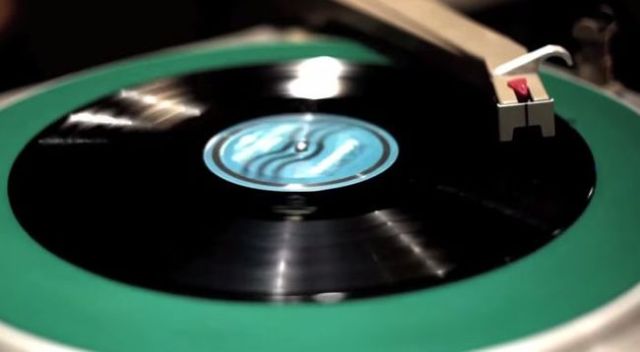In this postmodern society, we allow everyone to do what makes them happy regardless of what makes others happy. As long as what makes us happy doesn’t hurt anyone around us, it is all well and good.
There is no absolute truth, especially when it comes to art. And that’s what makes postmodernity so great. We have the freedom to read what we want, worship what we want, paint what we want and say what we want.
But this leaves some of us in a tight spot: there are some works of art and artists that are just… well… bad, and we can’t do anything about it.
For instance, if we criticize a popular musician for having meaningless lyrics and aesthetically dull musicianship, we are met not with a response of merit, but rather a response of, “It makes people happy, so it’s okay.”
Also for instance, if we lambaste a famous author for writing the same trivial mystery story over and over again, we are met once again not with a response of merit, but rather a response of, “I like him, and what you’re saying hurts my feelings.”
So what are we to do? Do we just live and let live? Let others be happy while we suffer in our own psyche? Just live with our headaches while grown adults blast Taylor Swift’s “Shake It Off” for the 27th time in an hour?
Am I the only one who feels this way? Did I just hurt everyone’s feelings? Sorry if I did.
-T
P.S. Hey guys, how’s it going? Haven’t seen ya in awhile!







